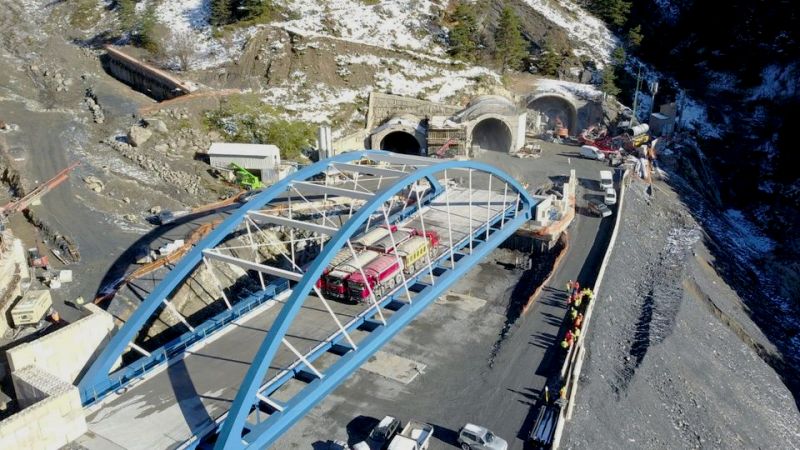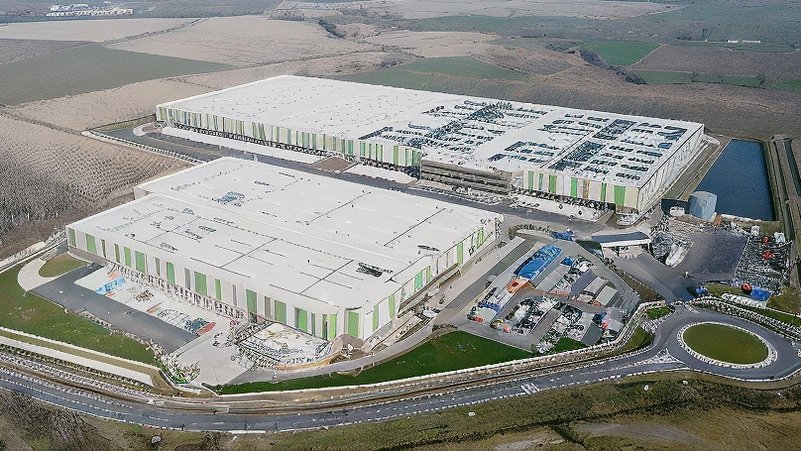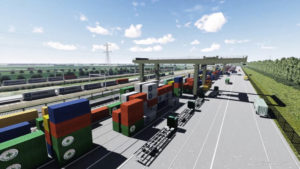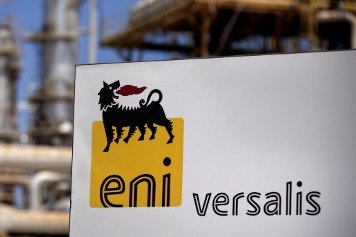It's not uncommon for a tender to fail due to various reasons, from the complexity of the procedures to economic factors. However, the lack of interest in a project that proponents described as strategic, and on which many hopes were pinned for the construction and management of a railway intermodal terminal, has certainly caused a stir. The protagonist of this story is the Dutch province of Gelderland, known in Italy as Gheldria, located in the central-eastern part of the Netherlands bordering Germany.
Here, local authorities had prepared a project to bring the Rail Terminal Gelderland to life. This facility was seen as a crucial intermodal reference point for the entire eastern Dutch region, and more importantly, an opportunity to encourage the shift of transport to rail: it is here that the Betuweroute passes, one of the few high-capacity railway lines in Europe expressly made for freight service. Moreover, the path seemed clear as central administrative judges had rejected all appeals against the construction of the terminal.
The tender launched at the beginning of 2023 sought an entity willing to undertake not only the construction but also the management of the Gelderland terminal for a period of 45 years. The goal of the provincial authorities was to award the tender to a single operator in the early months of 2024 to start work in the second half of the same year. But then came the twist. No company came forward or showed any interest in constructing and managing this railway intermodal facility.
The province of Gelderland acknowledged this and abandoned the construction idea, yet remained open to realizing a structure based on a different project. It didn't take long to find an alternative solution that involves a sort of urban exchange, a prospect described as enticing for local administrations. Essentially, on the site near Valburg where the railway terminal was planned, and for which the tender failed, the current Arnhem railway yard, located just a few kilometers away, would be relocated.
According to local Dutch press, this hypothesis is welcomed by the municipal administration of Arnhem, as the space vacated by the railway facilities could give rise to a large residential settlement, a new urban center rich in services and consisting of hundreds of properties, not far from the city center. The revised railway yard would certainly have lesser ambitions than the previously planned terminal, but could still take advantage of its ideal location in that area. Besides direct access to the Betuweroute, the availability of highway connections is also functional. Moreover, the area is considered optimally distanced from Rotterdam, with an interesting economic hinterland to encourage the shift towards railway shipments.
Piermario Curti Sacchi



































































